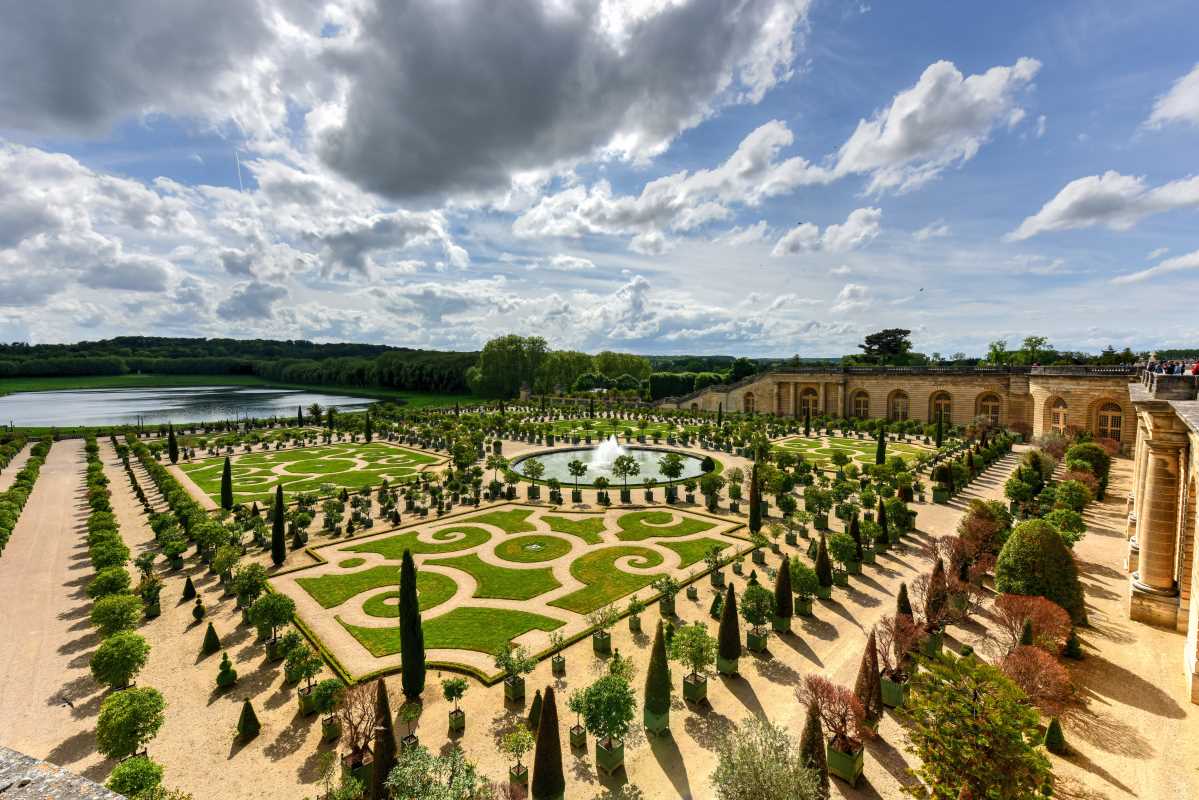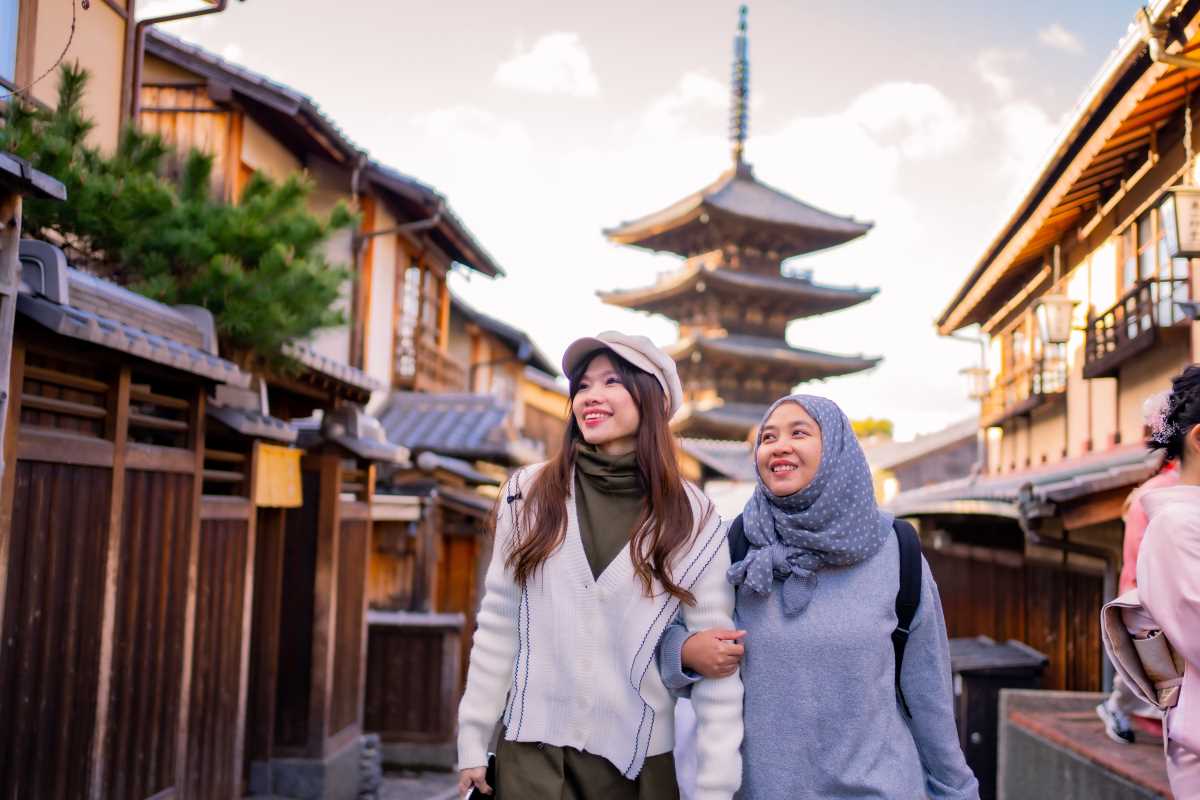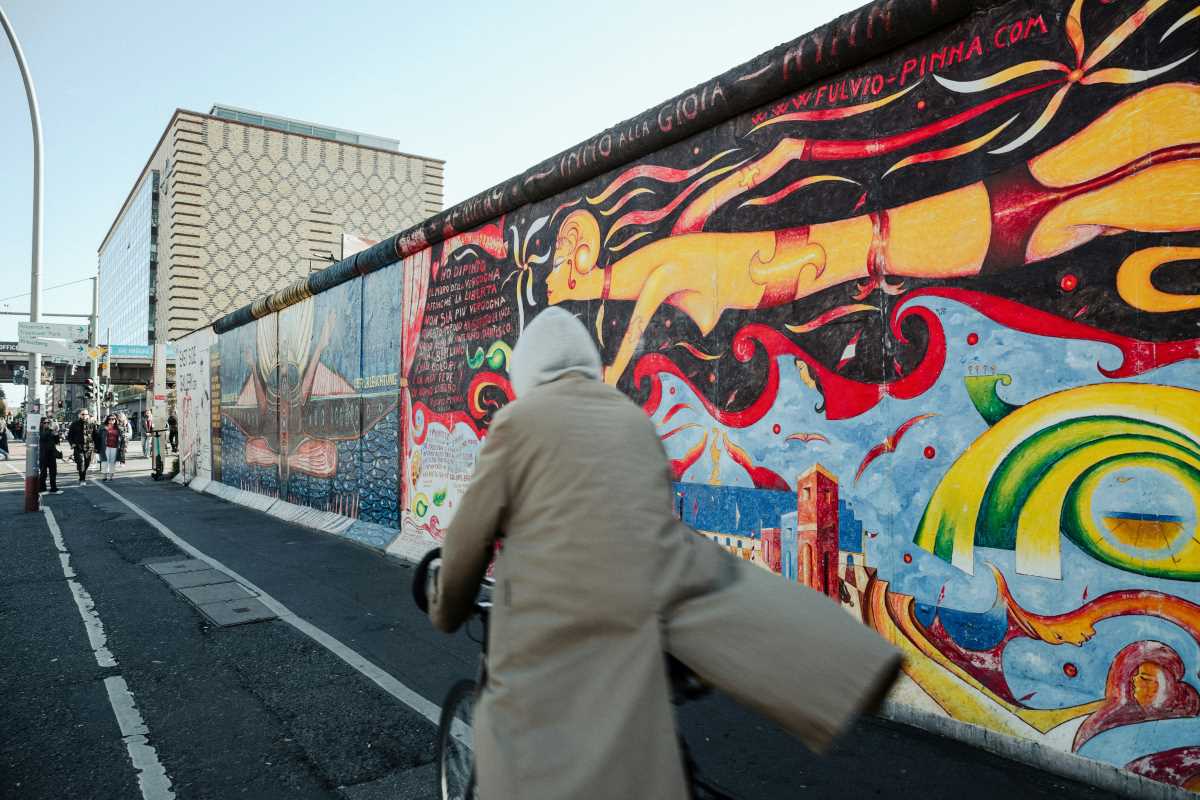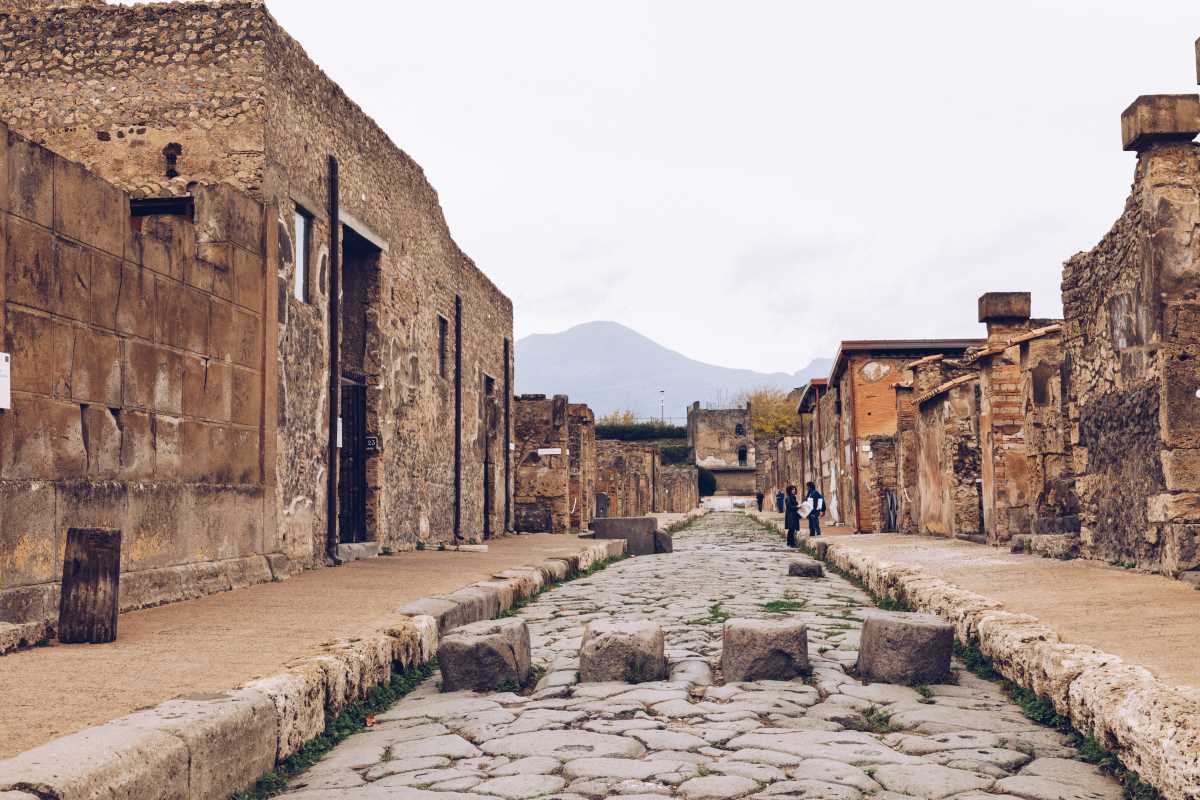Golden rays spill across marble floors and echoing corridors, revealing the rich legacy of dynasties that influenced the course of history. Ancient walls seem to speak, sharing secrets of ambition, artistry, and the everyday lives of those who once inhabited these grand spaces. As sunlight highlights intricate carvings, the atmosphere fills with a sense of wonder and connection to generations past. Exploring these palaces and sanctuaries uncovers the intersection of authority and faith, where rulers, craftsmen, and travelers left their mark. Discover how architectural wonders and enduring customs reflect the enduring bond between power and devotion within these storied halls.
Revealing Hidden Connections of Dynasty
Beyond grand ceremonies and gilded thrones, dynastic power left subtle footprints in everyday life. Court artisans refined textile techniques that still influence regional fashion. Ritual chants composed for royal rites lent musical cadences to village festivals centuries later. As you wander through busy markets, you might spot motifs once exclusive to court painters on traders’ banners and local pottery.
Exploring these threads reveals unexpected links. When a ruling family sponsored silent meditation halls at their summer palaces, they created a blueprint for contemplative spaces in remote monasteries. By noticing decorative patterns on door panels and hearing echoes in folk songs, you witness how elite culture trickled down to shape entire communities. This perspective turns each visit into a detective story of cultural diffusion.
Architectural Echoes of Sovereign Glory
- Forbidden Courtyards – Beijing
- Features: Secluded pavilions behind massive walls, blending ceremony with nature
- Purpose: Private retreats for emperors
- Cost/Metric: Moderate admission; guided tours explain symbolic tree plantings
- Insider tip: Visit at sunrise to capture mist drifting through lattice windows
- Palace of Versailles – Hallways
- Features: Mirrored galleries, parquet floors, and light-filled design
- Influence: Model for European courtly architecture
- Cost/Metric: Standard tickets include multilingual audio guides
- Insider tip: Enter ten minutes before the hour to hear the Royal Chapel organ
- Bagan Temple Complex – Myanmar
- Features: Thousands of stupas and pagodas with detailed carvings and statues
- Symbolism: Royal devotion expressed through monumental architecture
- Cost/Metric: Day passes at nominal fees; e-bike rentals for site access
- Insider tip: Arrive before dawn for panoramic sunrise views
- Topkapi Palace – Istanbul
- Features: Intricate tiles, jeweled doors, harem quarters, and Persian-Byzantine mosaics
- Role: Central hub of Ottoman governance
- Cost/Metric: Entry with audio guides; group visits reveal rare stories
- Insider tip: Explore side courtyards to find frescoes of courtly games
- Château de Chambord – Rooftop Terraces
- Features: Spiraling staircases, double-helix design, and vast hunting ground views
- Innovation: Renaissance architectural ingenuity
- Cost/Metric: Standard admission; guided tours showcase hidden lookouts
- Insider tip: Visit in late afternoon to see shadow play across balustrades
Helpful Tips for Every Explorer
- Itinerary Planning
- Steps:
- Pinpoint key districts on a local map
- Connect sites within a 2 km radius to reduce commuting
- Consider opening hours and plan rest stops
- Keep a journal for notes and curiosities
- Insider tip: Share walking routes with fellow travelers via messaging apps to coordinate surprise discoveries
- Steps:
- Local Guide Arrangements
- Steps:
- Contact cultural centers or language schools for guide recommendations
- Confirm rates before arrival
- Schedule at least two days in advance
- Clarify if you need audio gear or printed materials
- Insider tip: Ask guides to show artisan workshops where centuries-old techniques continue—ideal for unique souvenirs
- Steps:
- Cost Tracking
- Steps:
- Record entrance fees, transport, and tips in a notebook or spreadsheet
- Convert currencies immediately to avoid surprises
- Compare online vs on-site prices
- Look for discounts on combined tickets
- Insider tip: Ask about cross-site offers—some royal sites partner with nearby museums for bundled savings
- Steps:
- Time Management
- Steps:
- Allocate at least three hours for large complexes
- Break visits into themed segments: ceremonial halls, private chambers, gardens
- Use a phone timer to stay on track without rushing
- Insider tip: Plan a café break inside palace grounds to recharge while enjoying authentic royal ambiance
- Steps:
- Photography Rules
- Steps:
- Check regulations for drones, tripods, and flash use
- Use a compact, silent shutter camera for discreet shots
- Respect pigment-protection rules in frescoed rooms
- Insider tip: Politely ask security for short extensions in low-light sections—special permission is often granted when requested respectfully
- Steps:
Exploring dynastic legacies through architecture deepens your understanding of heritage travel. Each site, from palaces to pagodas, reveals human creativity shaped by power and belief. Use practical tips to connect meaningfully with history and culture on your journey.
 (Image via
(Image via





